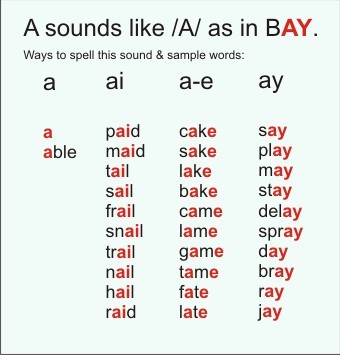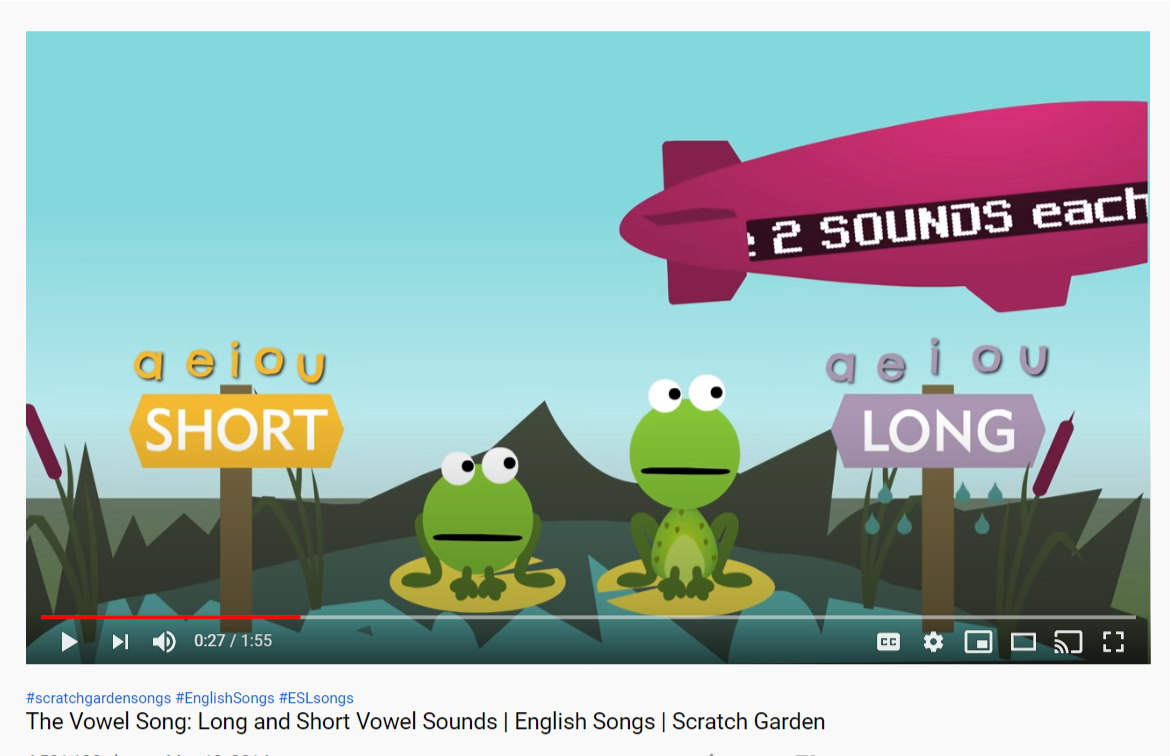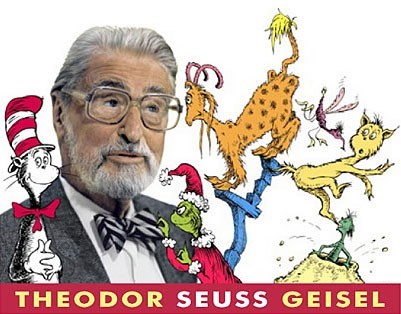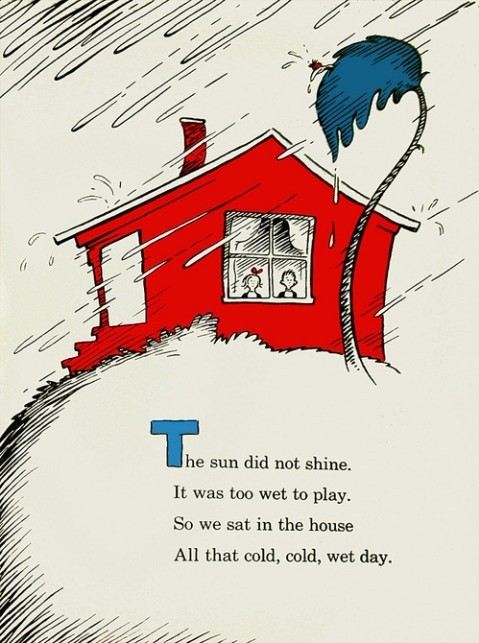Long A and Short A
Long A and Short A
So, here we are on Lesson 1. Let's start with Long A since it sounds like the letter in the alphabet that starts it all.
Long A - cake mail pay weigh whey - these are from the Phonics Cheat Sheet I gave you in the first lesson. These all sound like "ay".
You may recognize all or some of these - the words cake and mail are the two we talked about in the Overview lesson with the two rules that every new student of English should learn (refer to the Cheat Sheet here)
Silent "e" (always blue) -> Cake - and Double Vowel -> Mail (these make the vowel have a "long" sound :)
Here are some examples of some more Long A words and their spellings - if you can get these patterns, then spelling and reading will be a lot easier for you.
See the 2nd row with Double Vowel words and 3rd row with words that end in "e"?
So let's talk about "Silent E", and why it is so important in English!
It is a signal to us to change the vowel sound from a short sound (as in cap) to a long sound (as in cape)
cap /kap/ --> cape /kayp/
Other examples - fat -> fate - hop -> hope - cut -> cute
Want a visual way to learn this? Pretend you are a kid and watch this short 2-minute video - you'll understand the idea pretty quickly.
Click here - Long and Short Vowels with Silent "E"
Now wasn't that a quick, fun explanation?
It is so important for you to understand this, and it's not hard, just learn the sounds and see the differences in what you read. It's probably similar to the way you learned your language when you were young...right? So practice this general rule whenever you see an E at the end of a one-syllable word - make it a long vowel.
So let's review the second rule for Long vowels - double vowels.
Examples - main play wait and steak (this is an exception and it sounds like "a" not "e"
Similar words (called "homonyms") like "break" follow. This pattern - so brake = break in pronunciation.
That's why there are so many spelling mistakes out there since these words sound the same but are spelled differently. And sometimes don't follow the normal pattern either.
How many of these do you know?? Can you identify each one and use it correctly? Do you see the double vowels and silent e words that sound the same?
Do you see "bear" and "bare"? Bear is another 'ea' word that sounds like "a"
You might also see some other silent letters - like knew /new/ (no k) and aisle and isle /ail/ (no s).
Study these and you'll begin to understand them.
So, What about Short A?
Phonics Cheat Sheet - apple cat man alphabet land
The Short A is easier - NO double vowels or silent e - JUST the short word with one vowel in the middle.
Do you see all the short words at the end of the lines?
1st verse of poem - mat - rat - bat - cat (sounds like /a/ in "alphabet")
Easy right?
So if it is a one-syllable word, with one vowel - it's probably a short vowel.
Another way to learn vowel sounds is by using RHYMING words, like in the "B" words in the Overview lesson.
Ever heard of Theodore Geisel? Otherwise known as Dr. Seuss, he was a German author and teacher who lived in the U.S. that had a knack for teaching phonics to young learners through the use of rhyming words, and wrote hundreds of books like Cat in the Hat and Green Eggs and Ham (notice those short A words? Cat... Hat...Ham).
He used these concepts to make learners understand that - cake bake take rake make brake lake. All had the same vowel sound and ending, with just a consonant change at the beginning of the word. Since he had a limited vocabulary to work with (he was working with beginning readers, after all), he decided to make it fun by using rhymes - like this...
Do you see the rhyming words? Play - day. It makes it easy to read in a rhythm (like music). This musical rhyming pattern is repeated in many of his books - which is why we still use them today.
Here's a way to practice these - from The Schoolhouse - a great resource I will use in every lesson here.
http://www.theschoolhouse.us/lessons/lesson14.html
Print each of these out and fill in the blanks with your own words - keep practicing and you'll get better.
OK, that's it for this lesson, Wow that was a lot to learn, right? Don't worry - now that you know the basics, it gets easier from here.
Now let's move to Short E and Long E.





